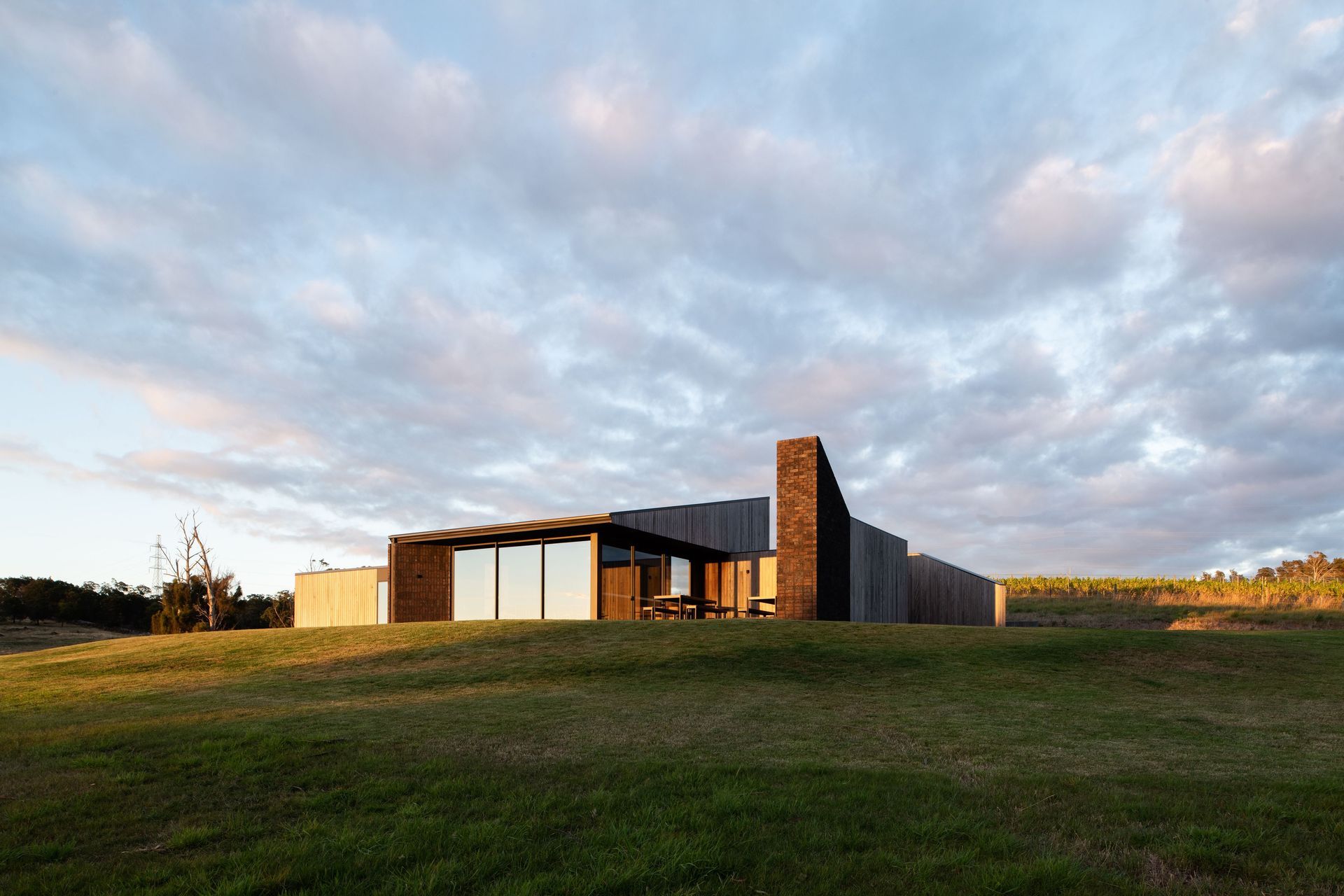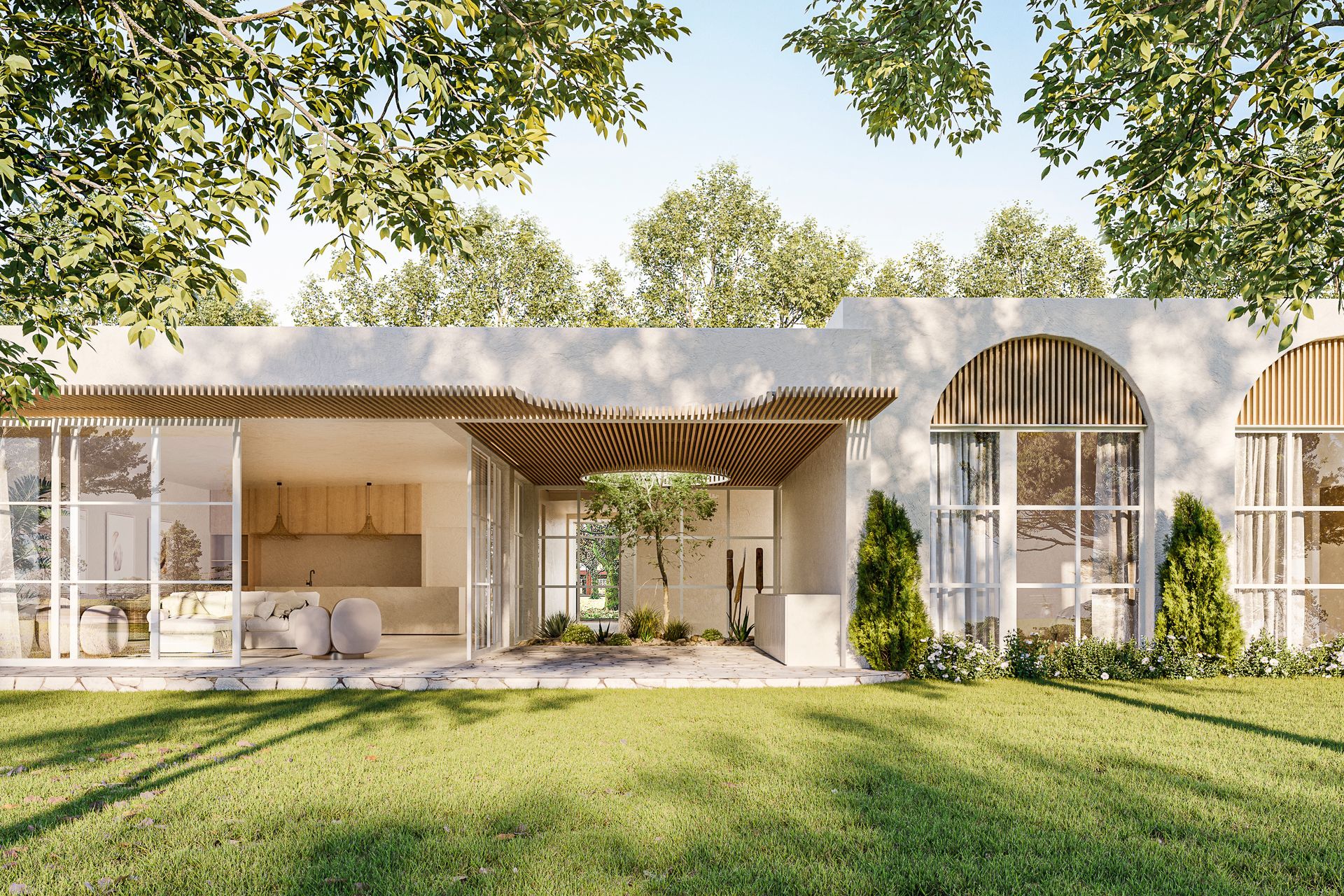How to choose between an architect or building designer
Written by
11 September 2022
•
5 min read

Whether you’re building a new home or doing extensive renovations to an existing property, you’ll usually need an architect or building designer to help you achieve your structural dreams. However, one may suit your purposes better than the other, and the only way to determine the best design professional for your project is by having a thorough understanding of what each professional does. Both architects and building designers are accredited and regulated in Australia, and both can design your home. An architect can generally deliver more customised and complex plans than a building designer, but they can be more expensive, too.
Why do you need an architect or building designer?
“There’s a lot of architecture consumed through online media, print and television that promote the idea of going out and tackling a renovation or build on your own. However, when homeowners start working through the build process they realise the value of having a professional guide them through what is an incredibly complicated journey. I think people are universally surprised at how many decisions need to be made when building a new home,” says Warwick Mihaly, co-founder of Mihaly Slocombe Architects. “There is a shared experience of surprise among homeowners when building, particularly at the peak of constructions, when suddenly they’re on site with a building talking about stuff they don’t understand. Architects understand what is going on, can talk shop and look after the builder."
Read now: Understanding the role of an architect on your project
Understanding the different levels of education and regulation
In Australia, architects are state-registered and regulated and the legislation that governs them varies from state to state. To become a working architect and register with the Architects Accreditation Council of Australia, a person must hold a degree in architecture or similar qualifications and undertake a period of on-the-job training in a professional environment, before then passing an examination. An architect must also be covered by necessary liability insurance.
Similarly, building designers are governed by legislation and regulations that vary from state to state. Building designers can come from any design-related background and may have studied a diploma of building design through TAFE or a similar registered training organisation, or completed a university degree majoring in architecture. Some building designers are registered with the Building Designers Association of Australia, an accreditation that is available to all building design practitioners not covered by alternate schemes, but it isn’t a formal requirement to practice in Australia. Accreditation from this body is based on the national training package for building designers as promoted by the Australian Industry Skills Council in conjunction with requirements set out by the industry.
It’s important to note that anyone can operate as a building designer with no qualifications or credentials and there are no registration or licensing requirements in Western Australia, New South Wales, South Australia, Northern Territory or the Australian Capital Territory. In Victoria, Queensland and Tasmania there are greater protections. Building designers in Victoria are required by the Victorian Building Act (1993) to be registered with the Building Practitioners Board under the category of Draftsperson, Class of Building Design (Architectural). In Queensland, building designers must hold a current BSA Building Design License and in Tasmania, building designers working on projects costing more than $5000 are required to hold a Building Practitioner Accreditation.
What does a building designer do?
A building designer can provide similar design and documentation for residential construction services as an architect. Their work includes sketching building plans, estimating labour and material requirements and costs, understanding codes and requirements for building sites and preparing all relevant documentation for your build. A designer can work for a builder or they can work directly for the homebuilder – that’s you!
What does an architect do?
“An architect will work on the first sketches of your design through to being on the construction site with the builder,” says Fiona Dunin, founder and director of FMD Architects. “We take the stress off the client by solving problems with the builder, managing the project and all council approvals, documentation, building permits – the owner just makes decisions on design choices.”
“While a draftsperson might deliver the functional requirements of a brief, such as a new living, dining, or kitchen space, an architect provides added value by considering how those spaces capture views, natural light, ventilation, integrate the landscape, remain environmentally sustainable and connect to the wider context through material selection,” adds Jet O’Rourke, architect and associate at Cumulus Studio.
Read now: Why you should hire an architect for your next project
How to make your decision
Whether you choose an architect or building designer, you must do research into the previous projects completed by the design professional you want to work with, and check that their accreditations are current and correct. The size, scale and difficulty of your project should also be taken into consideration when making your choice, as should the ‘style’ of your chosen professional, as this will influence the outcome of your build.
Architects all charge differently for their services, with some working on a fixed fee while others opt for a percentage of the overall project cost – and this fee can vary depending on how established or awarded the architect is. You can expect a building designer to charge between three to five percent of your total building cost, but that can fluctuate depending on the skill and accreditation of your building designer.
Find the right design professional for your next project on ArchiPro




